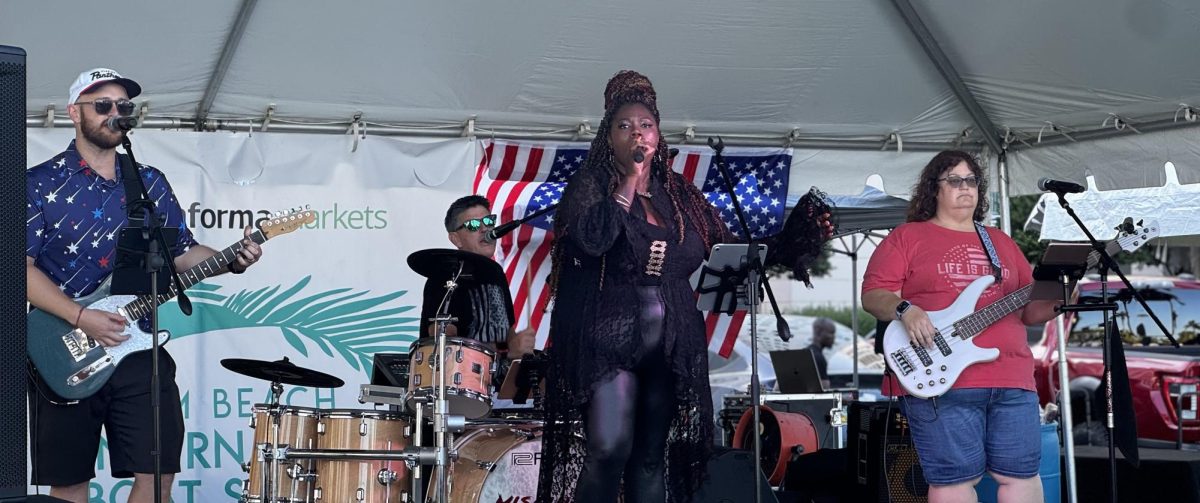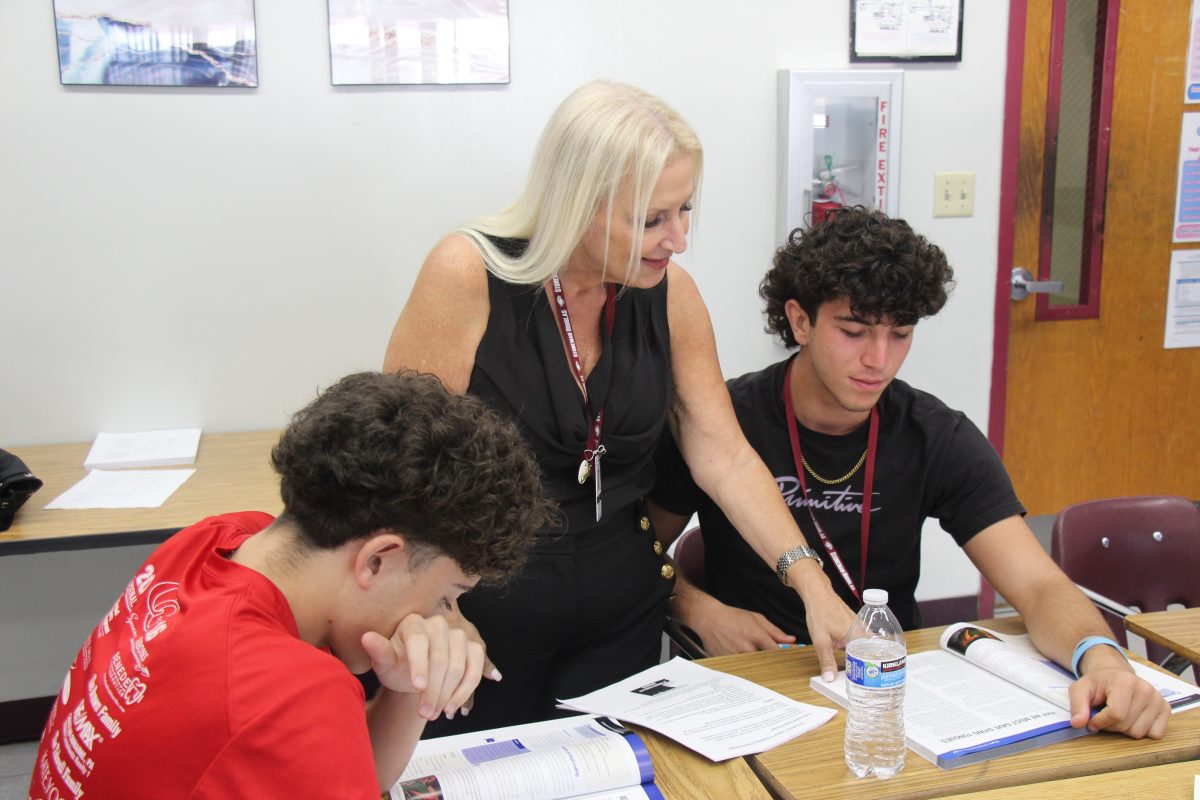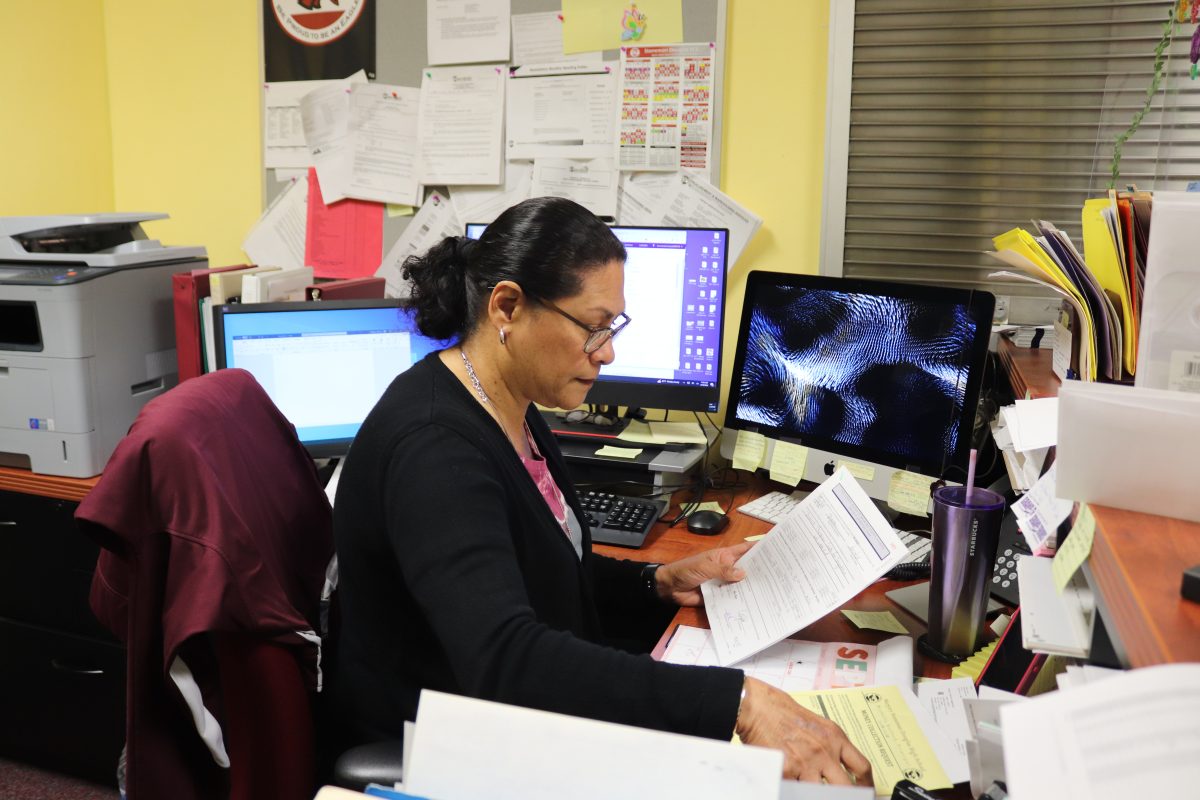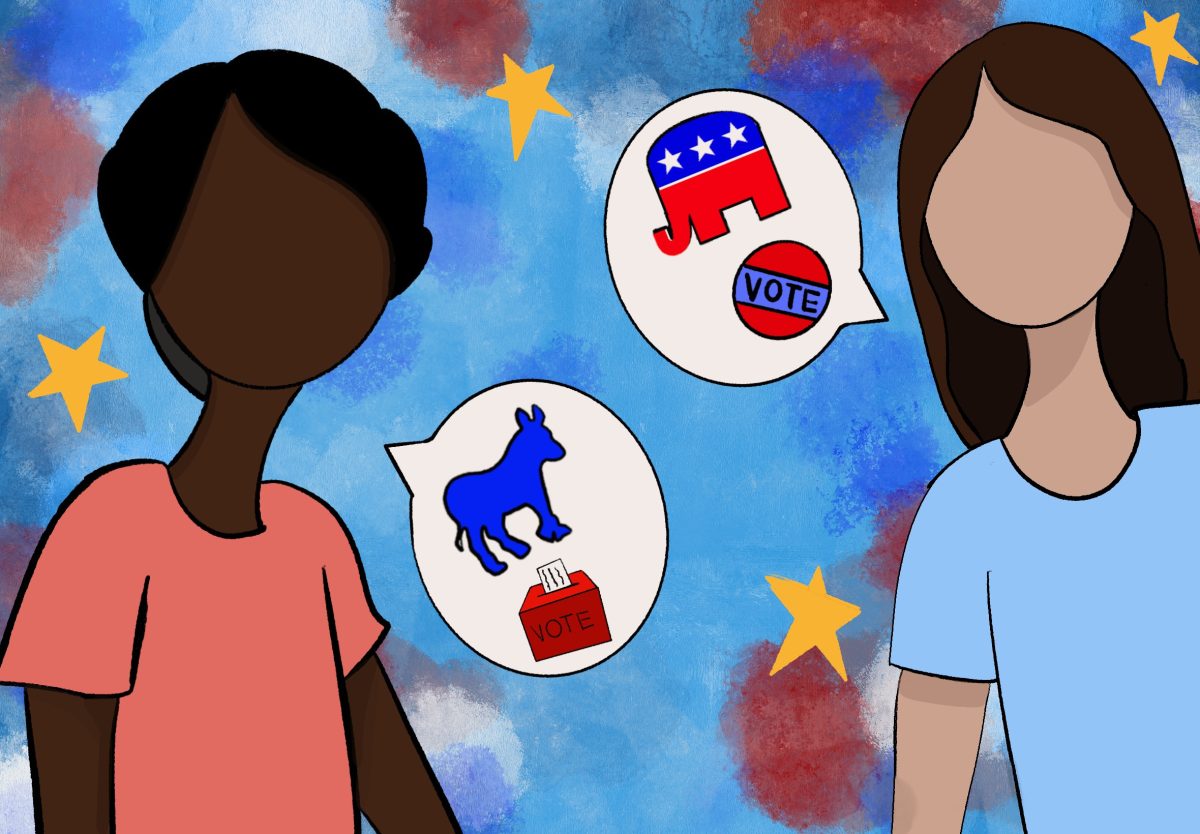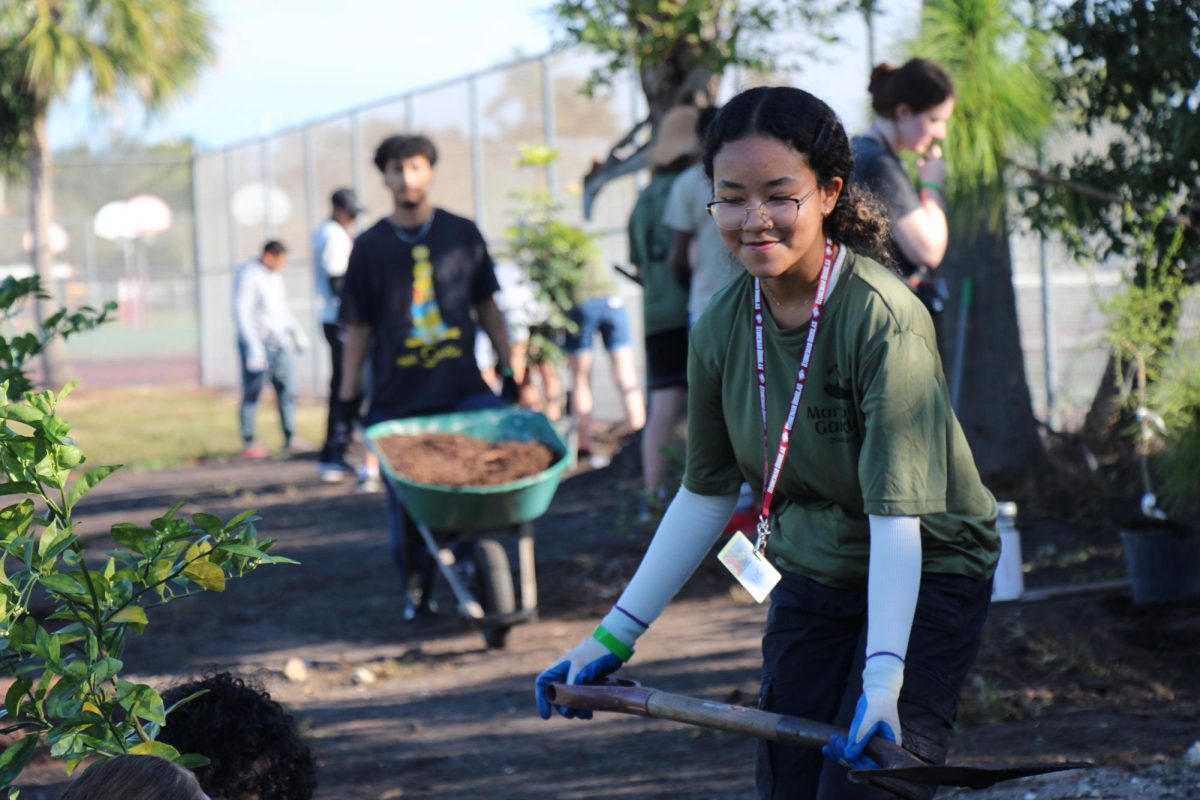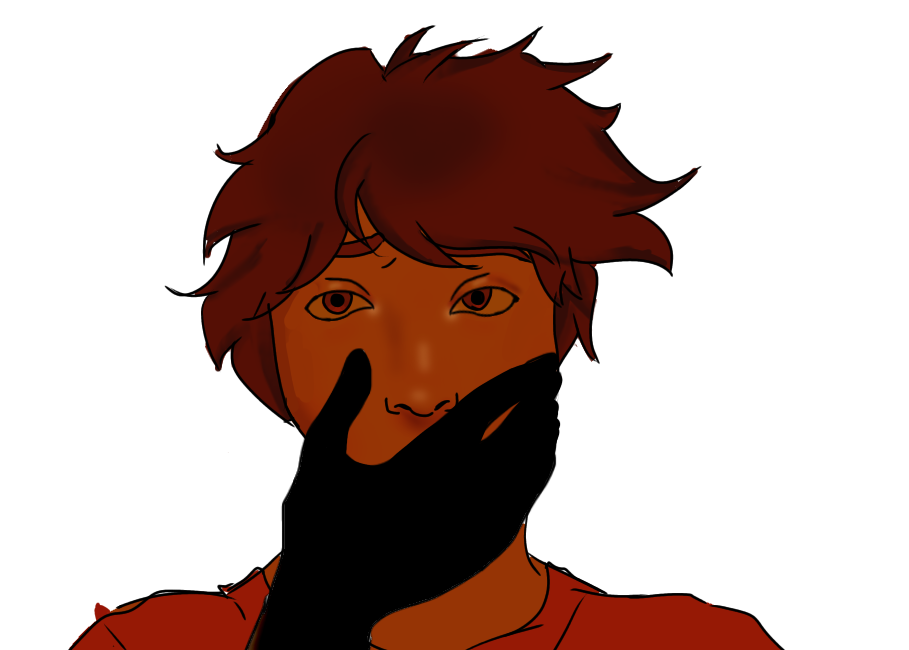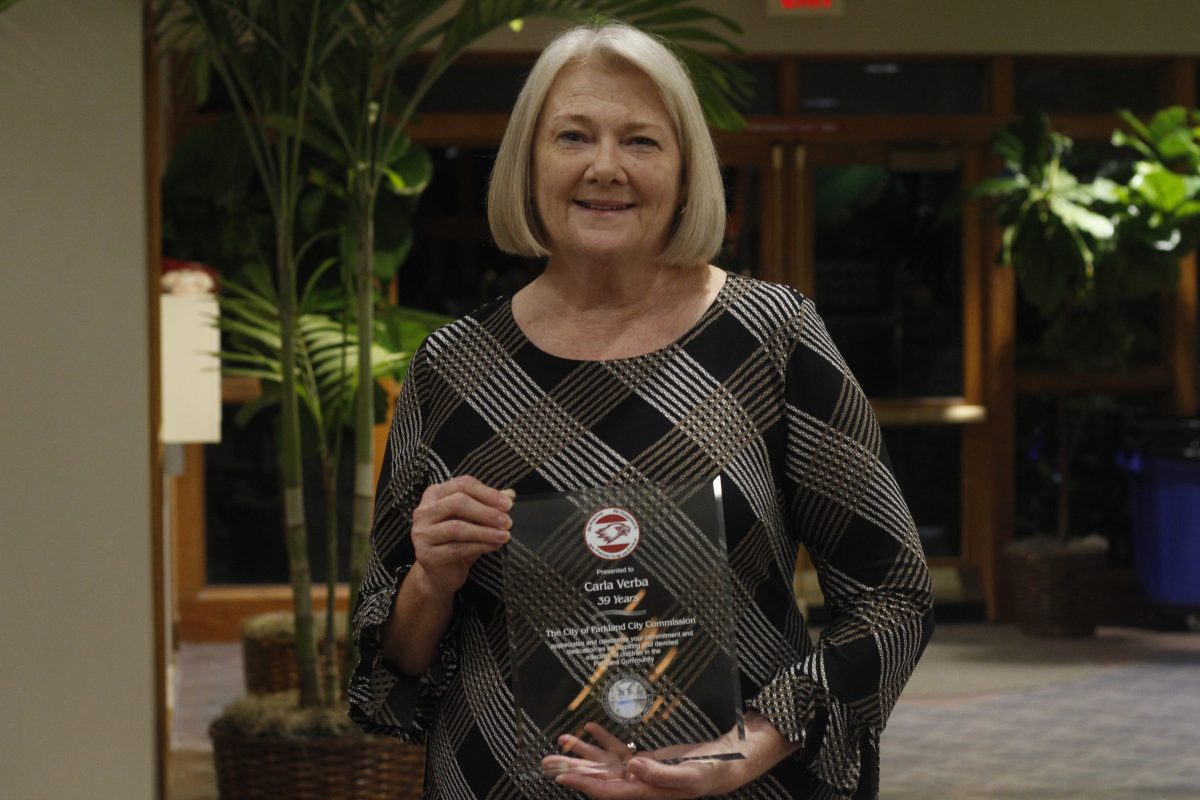After spraying tanning oil and laying down on their beach towel, a teenager lays in the sun for hours. She frequently checks the weather app, revealing dangerously high ultraviolet rays. No matter how much her skin burns, she reminds herself that tan skin is the beauty standard, no matter the method and regardless of the consequences.
Body dysmorphic disorder is defined as a psychiatric disorder characterized by distorted body image that often focuses on skin and hair. Body dysmorphia can lead to difficulty with school work, low self-esteem and, most commonly, isolation.
Beauty standards frequently recycle, but the trend to have tan skin has been constant. As teens are generally the target audience for beauty standards, many succumb to following them. At Marjory Stoneman Douglas High School, some students dislike their naturally pale skin and lean towards various tanning methods.
“I have pretty pale skin and I always feel like I need to be tanner,” senior Courtney Solinsky said. “I do it all, I fake tan, sit outside with tanning oil, and sometimes I even use vegetable oil because it gets you tanner faster. Being paler makes me feel less productive because all I think about is how I look and how bad I feel.”
Social media influences promote tanning trends by creating videos reviewing different tanning products or revealing their tanning routine. Some have even designed apps, like Tanly, to help others get the best tan possible. The content provides tutorials and before and after photos, establishing a link between tan skin and beauty.
“I mostly get all my tanning supplies from TikTok Shop because all of the people I follow have brand deals or something like that,” sophomore Jordan Bretz said. “Fake tanning makes it easier for me to feel better when the UV isn’t great.”
MSD students have increased their participation in these self-tanning methods through platforms such as TikTok. Some have acknowledged their tanning habits and their destructive consequences, such as the increased likelihood of getting skin cancer, eye damage or advanced aging, but still show no signs of stopping the cycle.
Tanning is not a new development, though. For many decades, people have used spray tans, tanning oil and other methods to tan their fair skin.
“When I was growing up, my grandma always told me stories of how she always tanned when she was younger, and she got skin cancer, so I’m so scared of naturally tanning, which makes it hard to fit in,” junior Madison Hamilton said. “I had to try fake tanning instead, but the results never look as good.”
The main reason students express why they feel compelled to participate in these tanning methods is to seek validation from their peers. The reason for blindly following trends is social connection, a concept that states that humans need to belong in a group and connect with others.
“I know tanning isn’t good for me, and the practice of actually doing it isn’t fun for me, but I would rather be tan than be pale and different,” Solinsky said.
However, there are consequences to tanning practices, especially when done so frequently as teens are participating in them today. For example, people who tan more frequently are more likely to develop skin issues, including skin cancer.
Tanning is a prevalent issue amongst teens and the various methods are continuing to grow in popularity. Despite the knowledge that tanning can cause consequences, teens continue to partake in the activity to seek the beauty standard and peer validation.

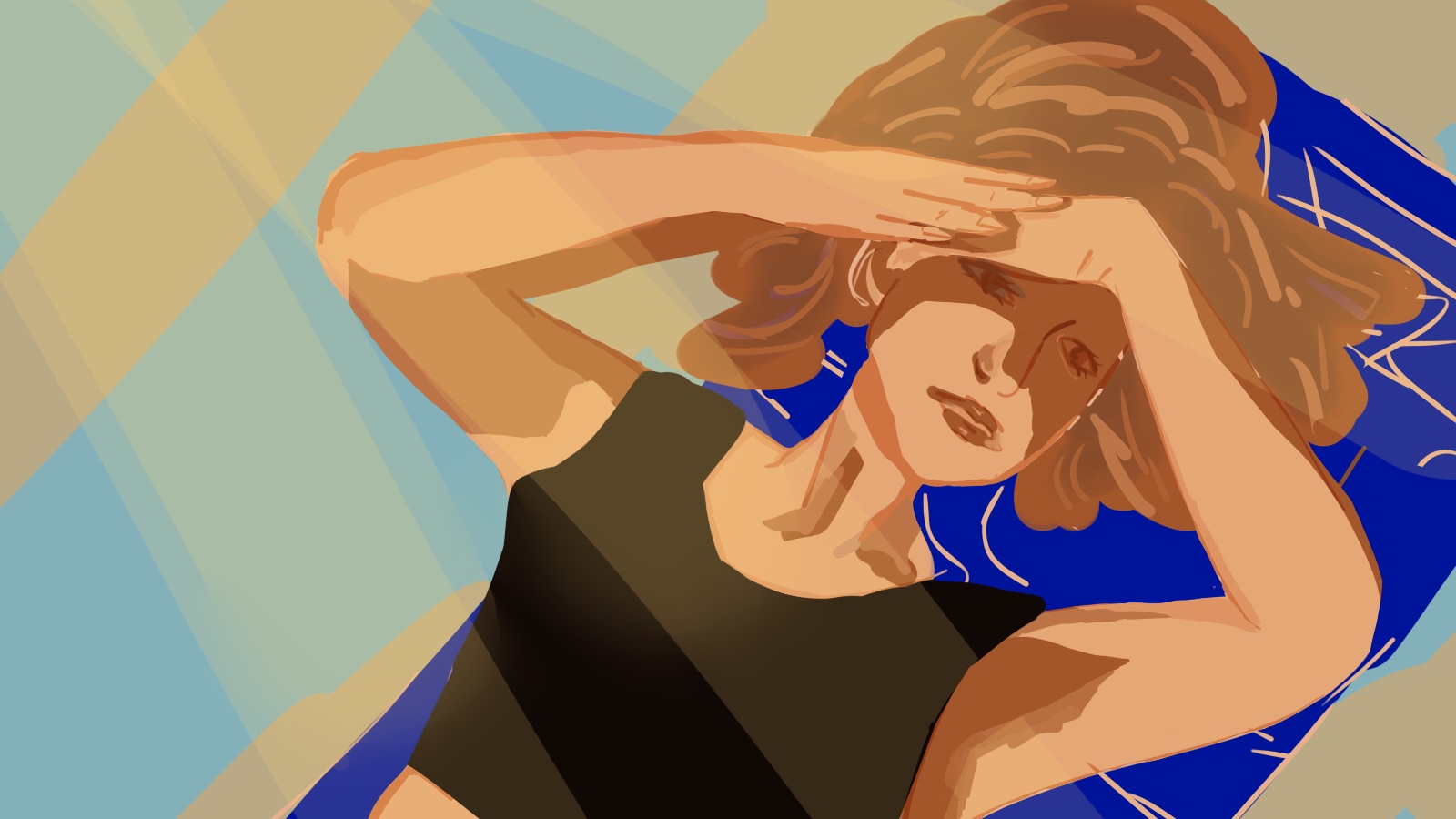

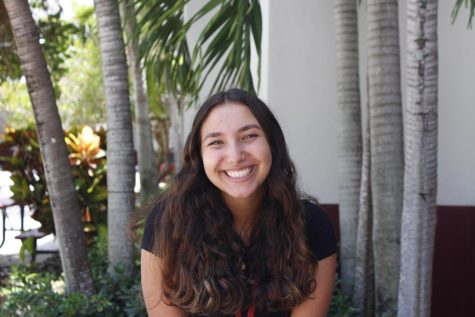
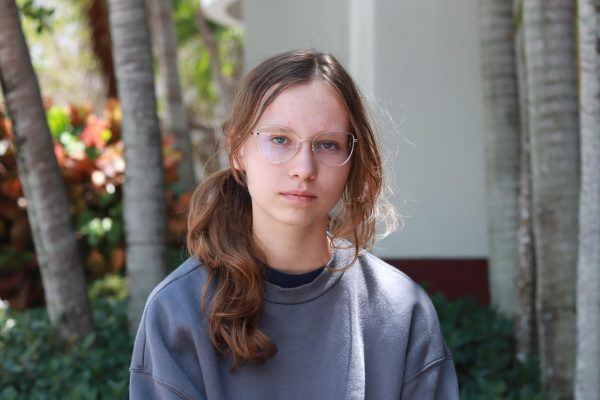
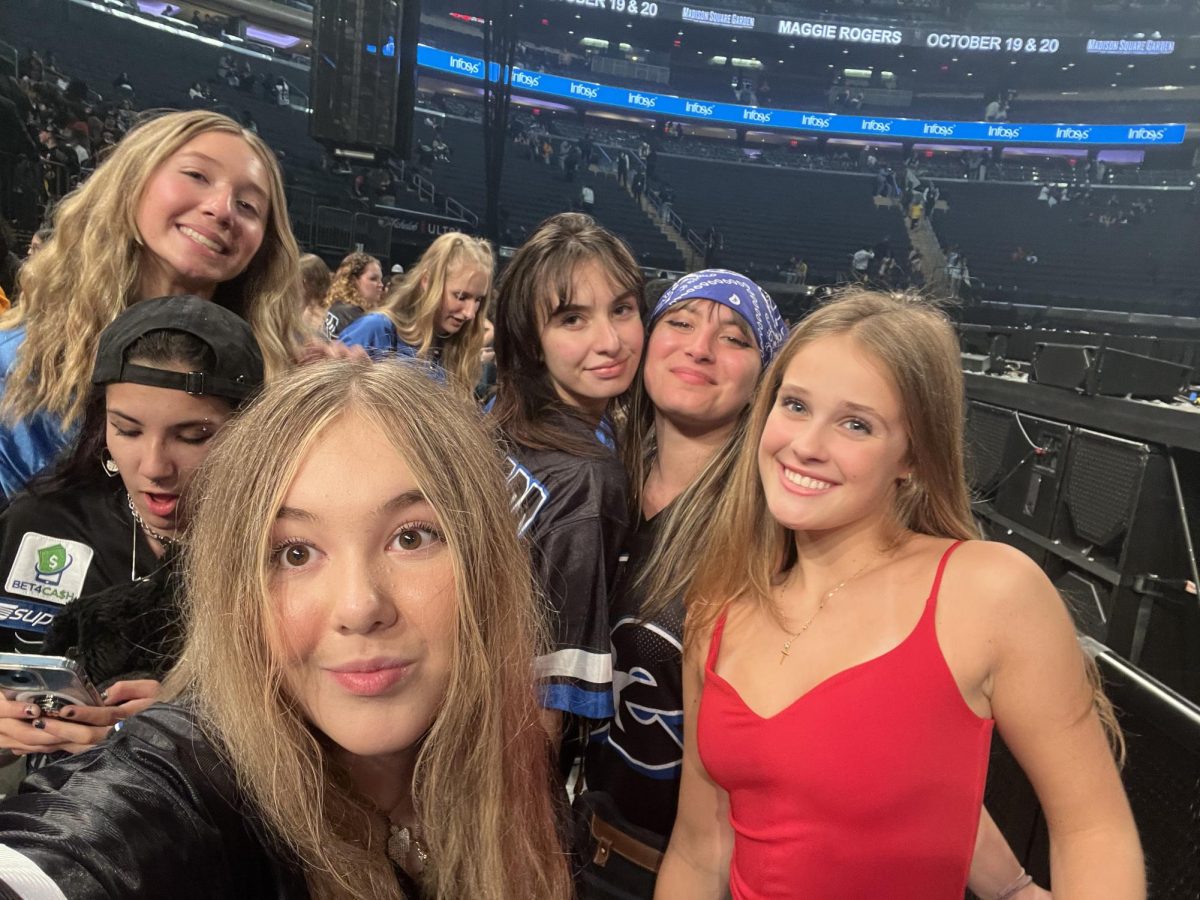
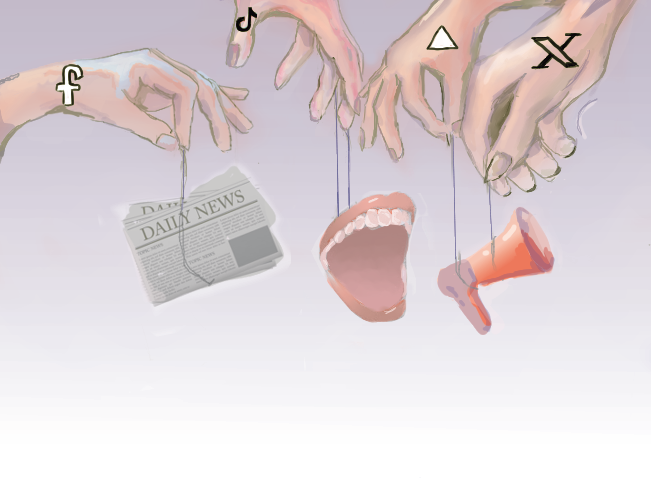


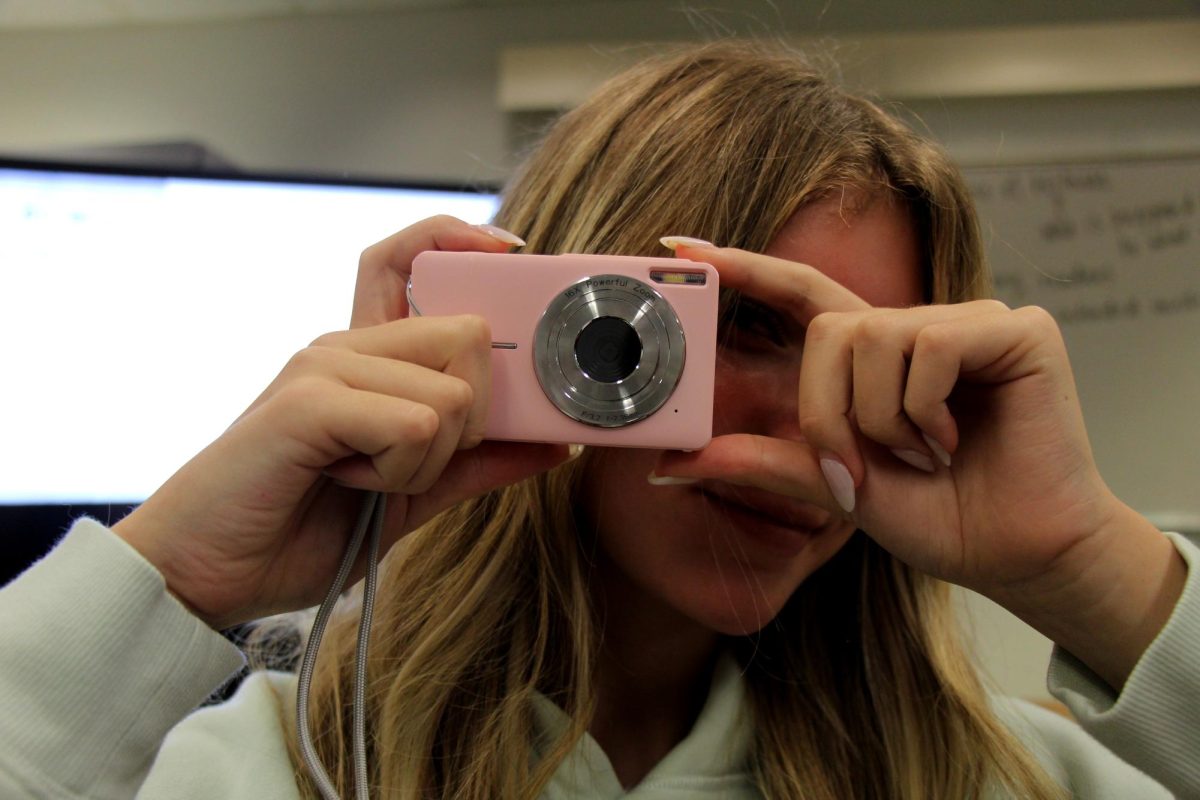
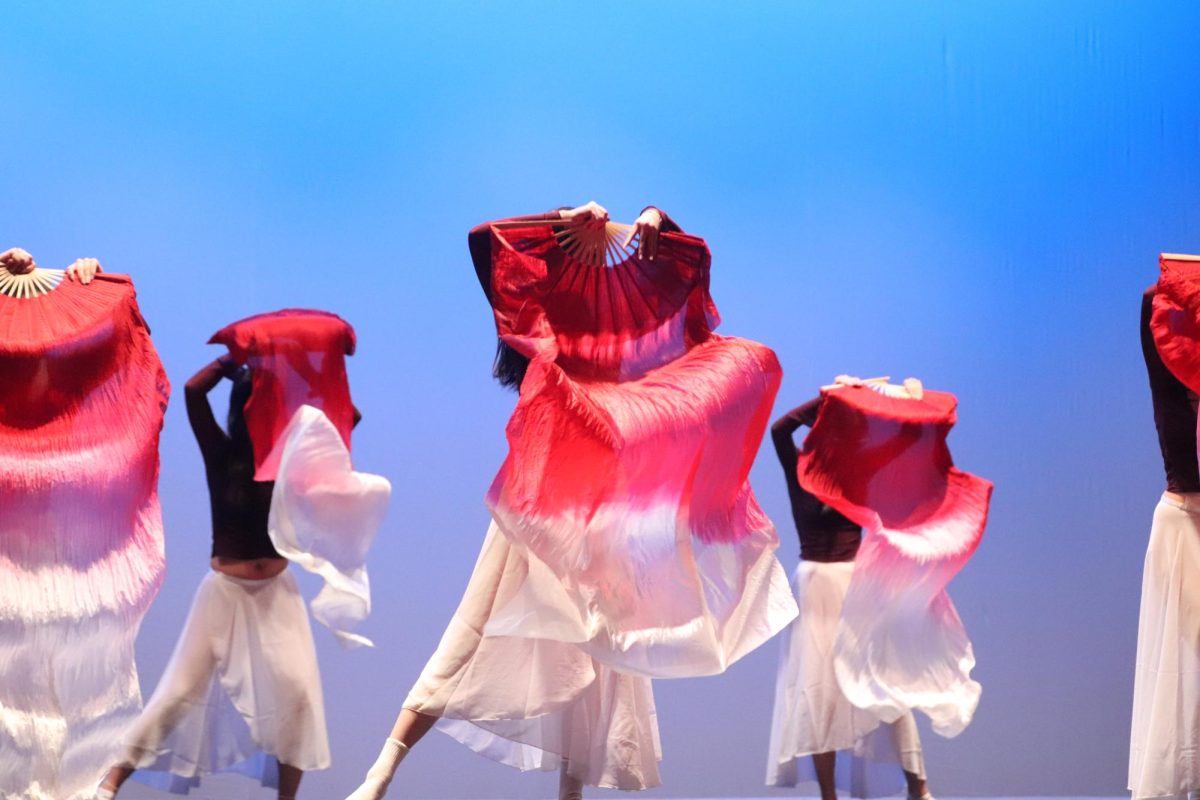
![National Honor Society Sponsor Lauren Saccomanno watches guest speaker Albert Price speak to NHS members. National Honor Society held their monthly meeting with Price on Monday, Nov. 4. "[Volunteering] varies on the years and the month, but we have started a couple new things; one of our officers Grace started a soccer program," Saccomanno said. "We have been able to continue older programs, too, like tutoring at Riverglades. NHS's goal is to have as many service projects as possible."](https://eagleeye.news/wp-content/uploads/2024/11/xNOeKNVwu7aErpVyJHrHogagZUUcLLosjtbIat94-1200x900.jpg)

![Ice Ice Baby. Skating to "Waltz" and "Romance" during her long program, figure skater Ava Zubik competes at the Cranberry Open in Massachusetts on Aug. 12, 2022. She scored a total of 86.90 on her short and free skate program, earning fifth place overall. "I try to make it [competing] as fun and enjoyable as I can because it's my senior year, and so I want to really enjoy competitive figure skating while it lasts," Zubik said.](https://eagleeye.news/wp-content/uploads/2024/11/skater1-799x1200.jpg)
